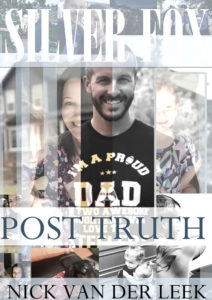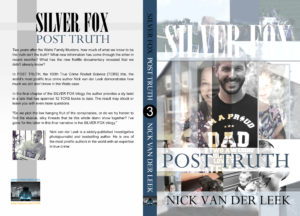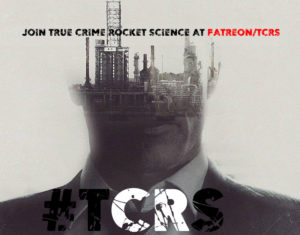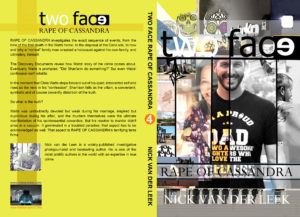The latest review, posted yesterday [December 27th], is the 7th straight five star review for RAPE OF CASSANDRA. RAPE OF CASSANDRA is currently a #1 Bestseller in the Trial Practice category on Amazon, and #18 in the Hoaxes & Deceptions category.

One reason, I think, for the strong ratings, RAPE OF CASSANDRA is by far the most voluminous of the four books currently available in the series, and for that reason it’s also the most expensive.
While writing RAPE OF CASSANDRA the intention was to cover essential narrative territory, including the status conference [when the plea deal was announced] and the sentencing hearing. The idea was not to drill into the discovery. I wanted to leave that for the fifth book in the series. In the end, I decided to do some analysis from the discovery dump, simply because the books are meant to be the most current narrative available when they come out, so to not refer to the discovery in some detail would be a failure to do due diligence.
Unfortunately, dealing with the discovery meant sacrificing a fair amount of trial coverage and analysis. Even so, the discovery is only glimpsed at in RAPE OF CASSANDRA. The fifth narrative focuses entirely on the discovery; analyzing, filtering and organizing the information in an effort to make sense of it. That analysis goes way beyond the superlight coverage here on CrimeRocket.
RAPE OF CASSANDRA’s high rating isn’t bad, especially considering the string of poor reviews for the first book that have been coming through of late.

Many of the complaints about the first book are from folks who are only coming into the narrative now. The complaint is that there’s nothing new in the first book. Personally, I don’t think that’s true, especially the narrative around the dogs which even the Discovery Documents don’t deal with in detail, and much of the information around the dogs is muddled and unclear.
When the first TWO FACE was published on September 10th, the information and the chronology was brand new. The power of the first narrative – in my view at any rate – lies in its prescience. The crime scene and execution of the crime was intuited and three books later, many of those original intuitions still appear to hold water. So the complaint that the first book was written “too early” misses the point – it was intended to be written early for two reasons:
1. To meet the demand of regular Rocket Science [originally #Shakedown] readers who have come to expect and rely on rapid delivery of true crime narratives.
2. To test and challenge my ability to fathom a brand new case while being mostly in the dark about many, if not most aspects of the crime, crime scene and characters involved.
So, to be fair, the first narrative ought to be evaluated within those parameters.
It should also be mentioned that in order to enjoy these books, to get the most out of them and the series as a whole, it’s important to catch the narratives as soon as possible after they come out. Besides being the first narratives to bite at the various cherries in this case, many of the links referred to work early on, but over time are sometimes removed by the original source. That is one reason why CrimeRocket exists. It serves as an archive of content – including photos – for the narratives to refer to, without the risk of them being removed months or years later.
Coming in January…






![]()
























































































Recent Comments